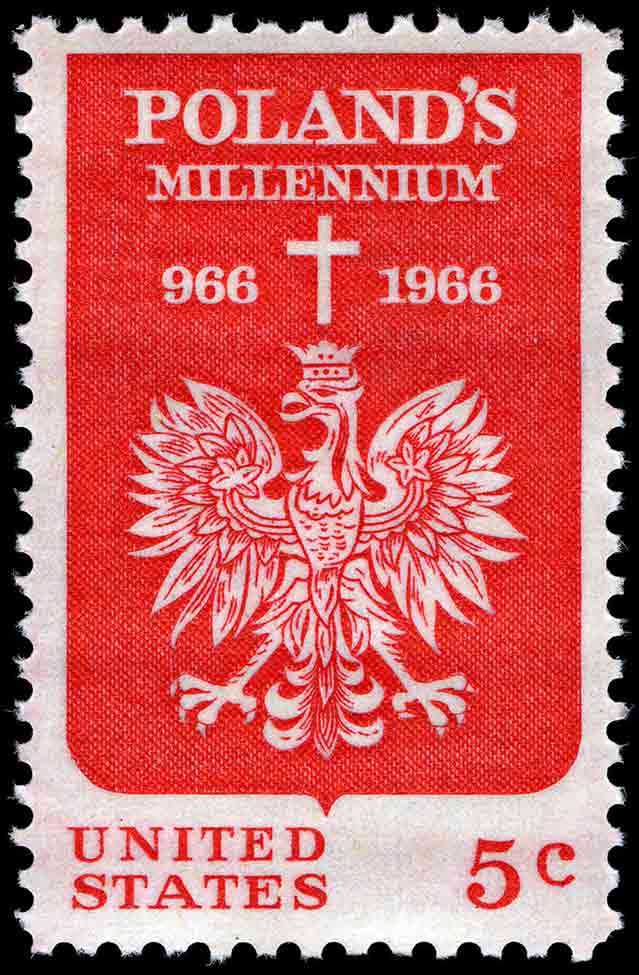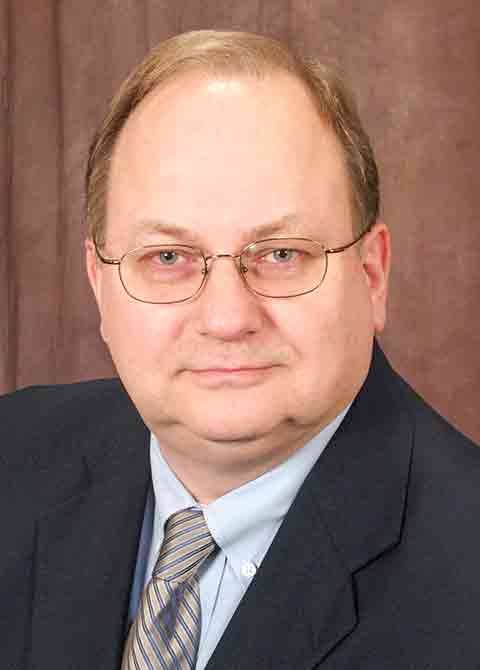Kuryer Polski from Milwaukee - a recently reactivated bilingual internet portal - decided to deal with the subject of Polish heritage in exile. We have found new sources and originals of Kuryer Polski long forgotten in American archives. If we do not begin to digitize these materials that testify to Polish national heritage abroad, they will end up in the trash, as will thousands of valuable documents, book collections, graphics, woodcuts, paintings or originals of the Polish press published in the USA, which are incomprehensible to the younger generation of Americans. They can be found in basements, attics and garages of descendants of great Poles who would like to get rid of these things as quickly as possible and do not always know what to do with them, most often without realizing how valuable artifacts they throw away.
If you would like to write on this extremely important topic, please send us your letters and texts with the annotation: "Save from oblivion. Polish national heritage abroad.” It will also be the title of a series of articles that will be published in our medium.
In today's article, I would like to remind you and document the sophisticated action of the American Polonia that took place in the USA in 1966 in the year of the Polish Millennium (the millennium of the Polish State).

The Polish Millenium 5-cent, 1966 issue U.S. stamp (Source: Wikipedia)
The Polish diaspora in America was very politically active, and so numerous Polish journalists, lawyers, politicians, doctors, Polish priests, nuns and Polish community activists created an efficient pro-Polish lobbying. It was in 1966 that the idea arose for the American Post Office to print a Millennium stamp. The idea was not to be limited only to the Polish circles, but it was probably the first global idea to issue an American postage stamp with the Polish emblem of the Second Polish Republic crowned with a Catholic cross. The graphic design was commissioned to the Polish artist Edmund Lewandowski, born in Milwaukee, despite the fact that the image on American stamps is within the artistic competence of the advisory board at the United States Postmaster General. It should be noted here that the key role with regards to the millennium stamp was played by Karol Rozmarek (president of the Polish American Congress), together with Congressman Klemens Zabłocki (for many years chairman of the foreign commission in the American Congress) from Milwaukee. Polish philatelic clubs from all over America and Canada sent petitions to the Postmaster of the American Post Office. Many pressure groups were created and soon, on February 21, 1966, the US Post Office Department issued an announcement that "a special postage stamp dedicated to the Millennium of Poland will be issued this year." and the Postmaster General Lawrence O'Brien issued a special statement which reads:
Ten centuries have passed since Poland was founded as a state and joined the Western world. To commemorate this anniversary of the Polish Nation, whose traditions and achievements have become an integral part of our national heritage, the United States will issue a postage stamp dedicated to the Millennium of Poland. ... By issuing a postage stamp dedicated to the Polish Millennium, the American Nation pays tribute to the brave Polish Nation, remembering about the permanent footprint left by Polish emigrants for the development of the United States.
Let us also recall that the great Polish patriot Władysław Zachariasiewicz also worked in the close proximity to the Postmaster. The stamp designed by Edmund Lewandowski displayed the Coat of Arms of Poland, a white eagle with a crown on a red background with a white cross. On the sides, there were the dates 966-1966 and the inscription "Poland 's Millenium".
The approved project provoked the expected protest of the People's Republic of Poland's embassy in Washington. There were interventions at the State Department and at the Post Office itself. An alternative design of the stamp was proposed, in which the cross was even agreed to, but the crowned eagle was not acceptable. Only when the issue was dealt with by the New York Times, where the position of the embassy of the People's Republic of Poland was criticized, the authorities in Warsaw withdrew from their opposition and 140 million American stamps with the Polish national emblem were sent to millions of recipients around the world. The stamp dedication ceremony was set for July 30, 1966, i.e. after the celebration of the Millennium of the Polish State on July 22 in Warsaw, in the then largest Sheraton Park Hotel in Washington. About 1,400 figures of American politics came, Postmaster General O'Brien, and the master of ceremonies was Edmund Muskie (Edmund Marciszewski), one of the most influential senators for most of those years. Bishop Alojzy Wycisło from Chicago said a prayer. The flags of the land forces, navy, aviation and marines were presented. Eight Polish congressmen, whose names are now difficult to determine, sat at the congressmen table, but Klemens Zabłocki of Milwaukee was certainly there. Karol Rozmarek, the President of the Polish American Congress, said then:
Our aspirations for a truly free Poland will not cease even for a moment, as long as Poland is not the master of its land. The Millennium Stamp tells the world that America is deeply interested in the freedom and prosperity of the Polish people.
(Source: Wikipedia)
Millennium celebrations were carried out throughout the United States. Many cities inhabited by the Polish diaspora issued a number of occasional proclamations and declarations. In each [Catholic] church a bishop's throne was erected, with a portrait of the great Primate of the Millennium [Stefan Wyszyński]. On May 3, 1966, a ceremony attended by the President of the United States, Lyndon Jonson, took place at the White House, but the finesse of 140 million stamps sent to recipients around the world brought the greatest success to the image of the Polish Nation and Poland.
Translation from Polish by Andrew Woźniewicz.




